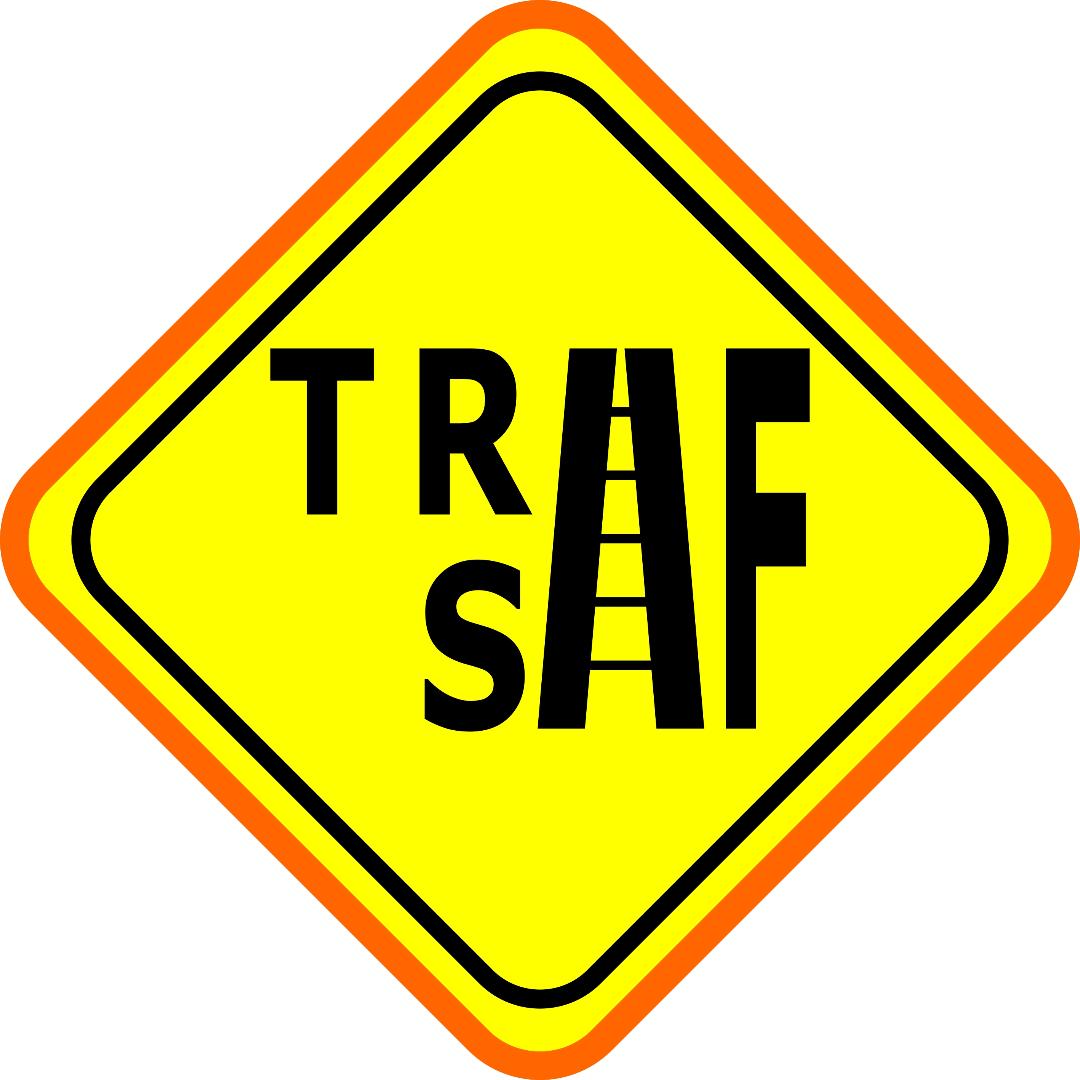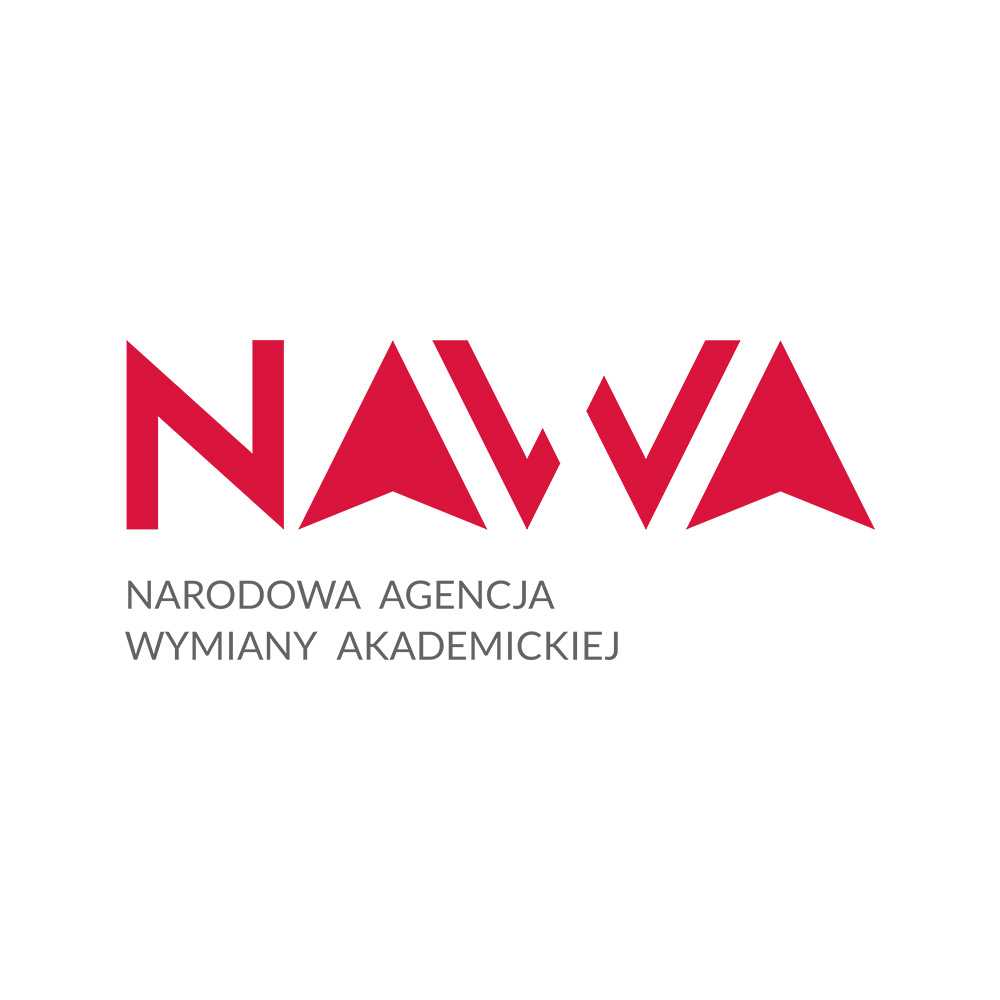TRAFSAF

Improving the Traffic Safety in the Western Balkan Countries through Curriculum Innovation
and Development of Undergraduate and Master Studies/TRAFSAF
Contract number 598551-EPP-1-2018-1-XK-EPPKA2-CBHE-JP
THE OFFICIAL WEB SITE OF ERASMUS+ TRAFSAF PROJECT
According to World Health Organization, every year 1.2 million people die in road crashes worldwide and 30-50 million people are injured. Road traffic injuries are the eighth leading cause of death globally, and the leading cause of death for young people aged 15–29. Road traffic injuries are currently estimated to be the ninth leading cause of death across all age groups globally, and are predicted to become the seventh leading cause of death by 2030. Situation regarding the traffic safety in the WB countries is far from satisfying level. Compared to West European countries the WB countries have higher road accident fatality rate. Based on data published in Global status report on road safety 2015. made by WHO, Serbia had 7.7, and Bosnia and Herzegovina had 17.7 road traffic fatalities per 100.000 inhabitants. In Kosovo, based on data from Ministry of Infrastructure, this number is 7.0 road traffic fatalities per 100.000 inhabitants. Corresponding figures for United Kingdom, Sweden and Norway were 2.9, 2.8, and 3.8, respectively. In the above-mentioned WB countries the estimated GDP lost due to road traffic crashes is over 2.0%, while for the United Kingdom, Sweden and Norway is about 1%.
When it is about traffic safety, educational systems in WB countries, at all levels, are more informative than comprehensive. Due to this fact, traffic safety strategies developed by competent bodies foresee curricular reform which will encompass all levels of education. All WB partner universities share the common heritage, and thus the situation in this area is very similar. They have analysed their transport and traffic engineering curricula and found significant space for improvements. Namely, all partner universities lack modern laboratory equipment and simulation software, courses are not problem-oriented, but rather of general nature. Students have no sufficient practical skills. Mission of activities in the field of traffic safety represents a reduction of fatalities, injuries and economic losses that occur in traffic accidents. The longterm impact of such improved education will aslo be change in the behavior and attitudes of people, as well as provision of a greater pool of information relevant to the participation in traffic.
The wider objective of the project is to improve the quality of higher education in the transport and traffic engineering field, strengthen its relevance for the labour market and society, enhancing the level of competences and skills of experts in WB partner countries (Serbia, Montenegro, Kosovo*, Bosnia and Herzegovina) by developing new competence-based and improvement of existing bachelor/master curricula in line with EU trends.
![]()
This project has been funded with support from the European Commission.
This publication reflects the views only of the author, and the Commission cannot be held responsible for any use which may be made of the information contained therein.
















